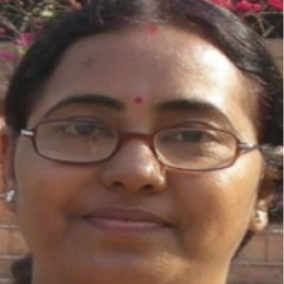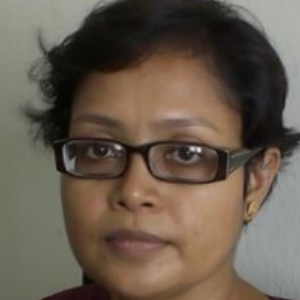International Journal of Modern Education and Computer Science (IJMECS)
IJMECS Vol. 8, No. 12, 8 Dec. 2016
Cover page and Table of Contents: PDF (size: 1424KB)
Modeling of Haze Image as Ill-Posed Inverse Problem & its Solution
Full Text (PDF, 1424KB), PP.46-55
Views: 0 Downloads: 0
Author(s)
Index Terms
DCP, Deconvolution, Blind Deconvolution, IP, Priori, Posteriori
Abstract
Visibility Improvement is a great challenge in early vision. Numerous methods have been experimented. As the subject is random and different significant parameters are involved to improve the vision, it becomes difficult, sometimes unsolvable. In the process original image has to be retrieved back from a degraded version of the image which is often difficult to perceive. Thus the problem becomes ill-posed Inverse Problem. This has been observed that VI (Visibility Improvement) is associated with haze and blur. This complex nature requires probability distribution, estimation, airlight calculation etc. In this paper a combination of haze and blur model has been proposed with detail discussions.
Cite This Paper
Sangita Roy, Sheli Sinha Chaudhuri, "Modeling of Haze Image as Ill-Posed Inverse Problem & its Solution", International Journal of Modern Education and Computer Science(IJMECS), Vol.8, No.12, pp.46-55, 2016. DOI:10.5815/ijmecs.2016.12.07
Reference
[1]G Bal, Introduction to Inverse Problem, Columbia University, NY.2012.
[2]https://www.math.utk.edu/~ccollins/M577/Handouts/cond_stab.pdf
[3]Tarel, J.-P. , Hautiere, N.: Fast visibility restoration from a single color or gray level image, IEEE 12th international conference on Computer Vision (2009) 2201 – 2208.
[4]H., Koschmieder, Theorie der horizontalensichtweite, Beitr.Phys.Freien Atm., vol. 12, 1924, pp. 171–181.
[5]Lv,X.,Chen, W.,Shen,I-fan,:Real-Timedehazing for image and video,18th pacific conference on computer graphics and applications(PG),September(2010),pp-62-69.
[6]Dibyasree Das, Kyamelia Roy, Samiran Basak,, Sheli Sinha Chaudhury ,Visibility Enhancement in a Foggy Road along with Road Boundary Detection , Proceedings of 3rd International Conference on Advanced Computing, Networking and Informatics: Volume 1,ISBN: 9788132225379.
[7]Oakley, J.P, and Satherley, B.L,: Improving Image Quality in Poor Visibility Conditions Using a Physical Model for Degradation,IEEE Trans. Image Processing, vol. 7, Feb. (1998).
[8]Narasimhan, S.G., Nayar, S.K.:Contrast restoration of weather degraded images, IEEE transactions on pattern analysis and machine intelligence, vol. 25, no. 6, June (2003) 713 – 724.
[9]R. Fattal, Single Image Dehazing, Proceeding ACM SIGGRAPH 2008 papers,Article No. 72 ,Volume 27 Issue 3, August 2008
[10]K.,He, J., Sun, and X., Tang,: Single image haze removal using dark channel prior”, IEEE Conference on Computer Vision and Pattern Recognition, Miami, FL, 2009,pp- 1956 – 1963
[11]Tan, K., and Oakley,J.P,:Physics Based Approach to ColorImageEnhancement in Poor Visibility Conditions, J. Optical Soc. Am. A,vol. 18, no. 10, Oct. (2001), pp. 2460-2467.
[12]S Roy, D Das, S S Chaudhuri, Dehazing Technique based on Dark Channel Prior model with Sky Masking and its quantitative analysis, CIEC16, IEEE Explore, IEEE Conference ID: 36757 , IEEE Xplore Compliant ISBN No.: 978-1-5090-0035-7, IEEE Xplore Compliant Part No.: CFP1697V-ART, 978-1-5090-0035-7/16/$31.00©2016IEEE
[13]Gonzalez,R.C.,Woods,R.,:Digital Image Processing Book, Third Edition,Pearson Education India, 2009

